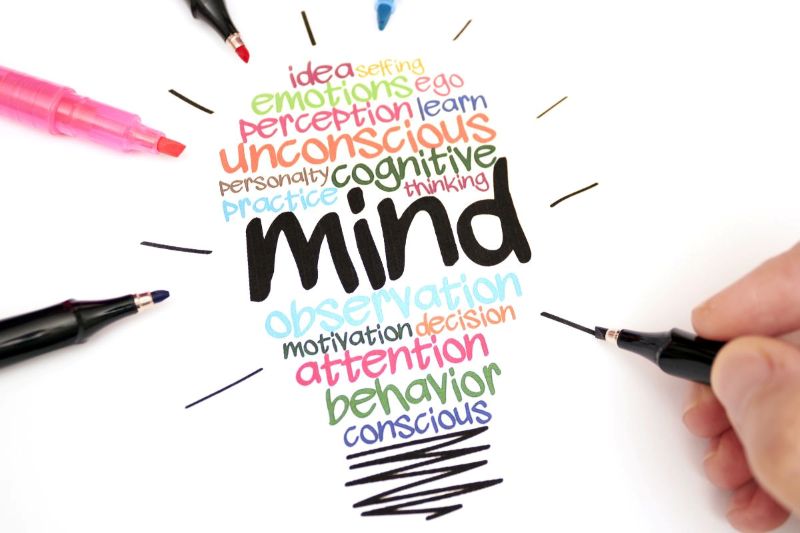Open-mindedness is a Teachable Skill

To build strong communities of tomorrow, schools should invest in building emotionally strong students today.
A strong community is a tolerant community. You are preparing your students to live in a global village. Learning how to make connections by being open-minded will help them build a more solid and connected future.
How do you build tolerance and open-mindedness into your classroom environment?
Educators can begin to build a classroom culture of open-mindedness with the very first step. Ensure your students understand the term and its benefits.
What is open-mindedness?
An open-minded person embraces innovative ideas and experiences. They are curious about the world and eager to learn, without judgment, by collecting and assessing facts. It is also the gateway to informed decision-making.
It is the opposite of a close-minded person.

A central key to open-mindedness is curiosity. Curiosity is an education driver and fosters empathy because your students will see diverse viewpoints as they expand their own worldview. It pushes them beyond accepting surface-level information.
Students today are inundated with influencers, with 5-minute videos, professing to be topical experts. One benefit of a curious mind means they will question these experts.
Your students can move beyond the dogmatic thinking that can be found on social media and will begin to see and accept information that might challenge previously held beliefs.
The goal for you as the educator is to not only encourage open-mindedness but push past open-mindedness to understanding.
What is understanding?

Understanding something employs critical thinking skills. Encourage creative, collaborative thinking with group exercises.
Use your classroom as a test case for critical thinking. If an issue arises that requires a solution, ask the class to produce solutions. Then categorize and assess the best solution for the problem.
This simple exercise has wide application in a classroom.
It begins with asking your class: How can we _____?
The result will be a solution to the issue. It will allow your students to see a variety of solutions. A whole discussion can evolve to assess the least effective answer to the most effective one.
In the age of influencers, teaching a child to be open-minded is an investment in their future. We cannot stop this time of information overload, but we can teach children to be open to making only the right decisions for themselves.
Making correct decisions means accepting personal responsibility. This time is often called the age of entitlement. Being open-minded expands their thinking capacity beyond the insular.
Being open-minded builds confidence.
Developing the skill of open-mindedness builds self-confidence. They believe in themselves. As they practice being open-minded and experience the positive emotions that will bring, they are building their emotional resilience to the negative aspects of life that they may encounter. Believing in themselves builds self-esteem. In turn, this builds resilience.
A resilient child manages bullying more effectively. An open-minded child will see the bully for who they are and that the bully has no power over them. Negative use of power is a bully’s hallmark. Bullies do not intimidate an open-minded, resilient child.
An open-minded child is building a strong identity.
Another classroom task could have students answer the questions:
Who do they think they are?
What is the strongest identifier for how they see themselves|?
What is the strongest identifier for how others see them?
What did they learn about themselves from exploring the answers to those three questions?
From there, students can begin to build a sense of purpose. The adults of tomorrow need to be able to make good decisions based on an ability to identify opportunities and anticipate outcomes. They should be open to innovation and new ways of thinking and finding purpose in their lives. An open-minded person is better prepared for the ever-changing world of tomorrow.
Open-minded people are building emotional strength. Emotional strength will help foster optimism for their future. It is a process and requires diligence. These skills and attributes require time to fully develop.
Obstacles to achieving open-mindedness.

Different viewpoints may jolt preconceived ideas and be unsettling. It might require revisiting old ideas and reevaluating them based on the new knowledge. It provides the opportunity to review preconceived notions they may have had. That is open-mindedness growth.
It is also important to begin to understand that there is usually a purpose for closed-minded judgmental behavior toward another person.
Provide opportunities for students to approach issues and learn free of prejudice. Another classroom lesson would be to assemble examples of close-minded judgmental behavior and the effect it had on the situation. As an example, considering how people reacted and what they allowed to happen unchallenged in various places in Europe in the 1930s would offer a variety of lessons.
As a classroom discussion, ask the question:
Why would someone choose to be closed-minded, and what is the purpose?
Find examples of closed-mindedness in today’s world and discuss the impact.
Flexibility in thinking is a bonus with open-mindedness.
Neuroplasticity is our brain’s ability to continuously learn and adapt. Lifelong learning and open-mindedness promote brain health. Open-mindedness forms the basis of lifelong learning through eagerness and curiosity to learn.
Being open-minded means that the person is consistently aware of new ideas and learning opportunities. Each new experience and learning opportunity approached positively gives the brain the opportunity to grow. Encourage your students to construct neural highways by opening their minds to the possibilities in life.
Not only are your students increasing their brain power, but they are also building toward a life where they will have the confidence to welcome and include colleagues with diverse perspectives. Collaboration skills will be a key to their future world of work.
Emotional growth is not simple.
The components of social-emotional learning require work. A healthy social being is an achievement. It requires spirit and determination, and an understanding of the importance of their positive place in the world. It begins with an open mind.
This article is available and can be accessed in Spanish here.









